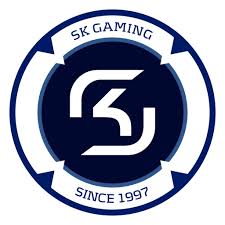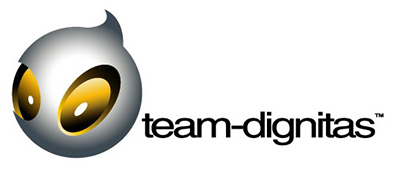In the beginning players would form their own teams known as ‘Clans’ which would enter team based internet tournaments. Companies involved in both the computer industry and its support industries began to realise that there were (and are) significant financial rewards from the advertising potential that such competitions bring. By the end of the 1990’s mutli-gaming organisations appeared which contracted players, legally binding them to the organisation. These organisations usually employed teams from different eSports games and provided lucrative sponsorship deals to gaming clans. SK Gaming, on February 1st 2003, was the first gaming organisation to contract players. Players can benefit from significant financial rewards for accepting sponsorship. Transfers between Clans are not uncommon with May 19th 2003 being the first instance of a player transfer when Ola ‘elemeNt’ Moum from SK was bought by ‘Team NoA’ (Norwegians of America).

*SK Gaming logo
A comparison of the way eSports teams are managed these days is to that of professional football teams. Usually the structure of an eSports gaming team consists of an over-all manager who’s responsible for maintaining good relationships with the sponsors and trying to make the team more successful. A public relations manager is responsible for maintaining good relations with the media and community and there are internet and website staff employed to keep the internet presence running smoothly. Furthermore there are the squad leaders who run the various teams within the organisation for different eSports games, not to mention the players themselves.

*Team Dignitas logo (another modern team using contracts)

*SK Gaming logo
A comparison of the way eSports teams are managed these days is to that of professional football teams. Usually the structure of an eSports gaming team consists of an over-all manager who’s responsible for maintaining good relationships with the sponsors and trying to make the team more successful. A public relations manager is responsible for maintaining good relations with the media and community and there are internet and website staff employed to keep the internet presence running smoothly. Furthermore there are the squad leaders who run the various teams within the organisation for different eSports games, not to mention the players themselves.

*Team Dignitas logo (another modern team using contracts)

